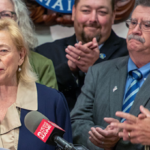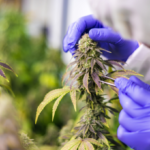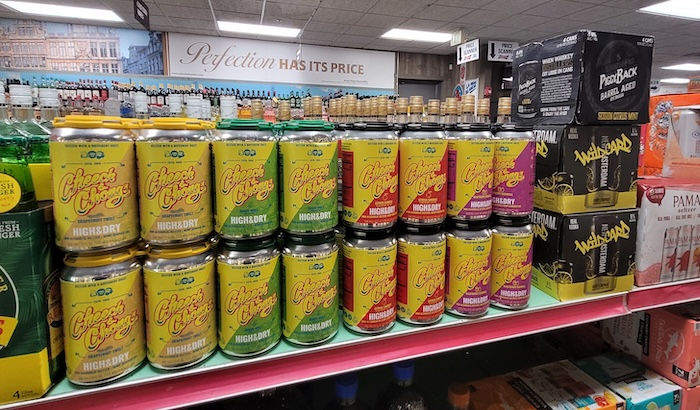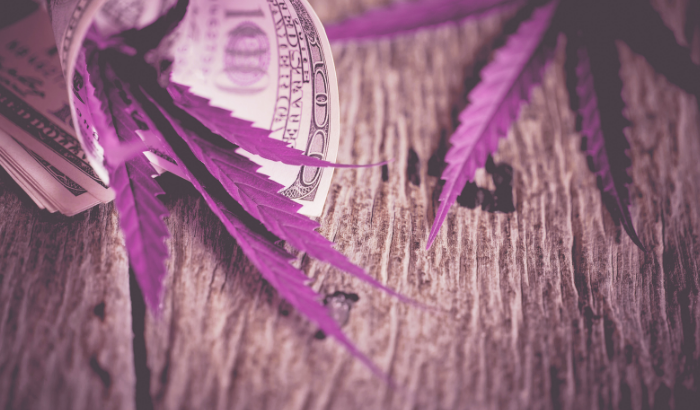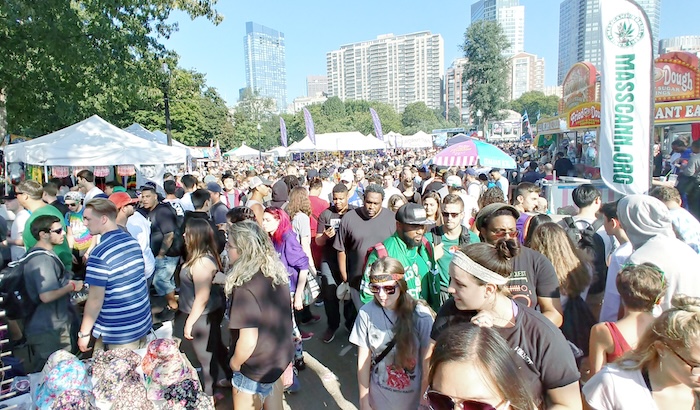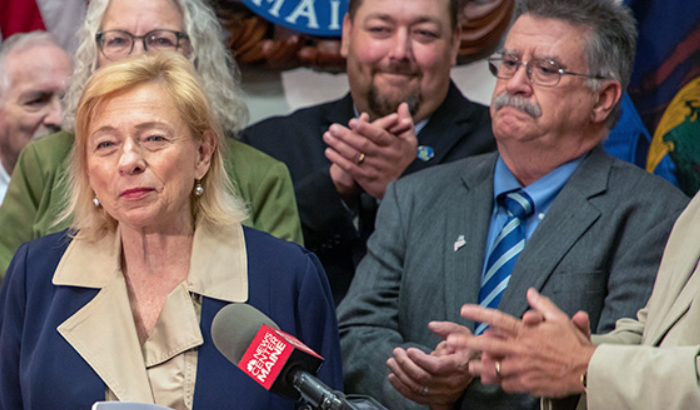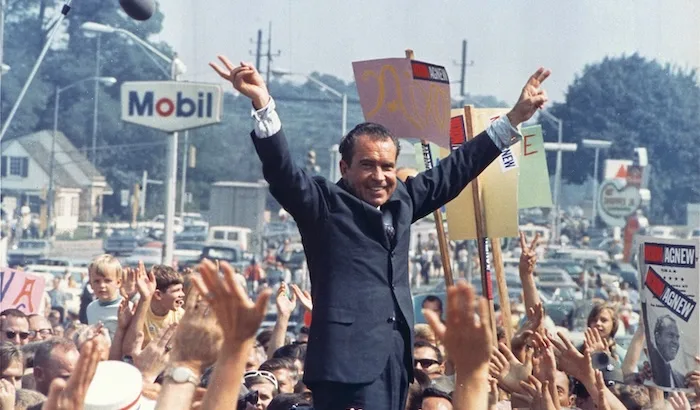
We must urge Congress to consider the cultural value of cannabis
The 1970 Uniform Controlled Substances Act was created to justify criminal drug prohibition. For that and countless other reasons, people who worry about marijuana legalization have been paying close attention to the Biden administration’s possession pardons, and to a “leaked” DEA report that recommends cannabis be moved from Schedule I to III.
A group of Senators released a letter on Jan. 31, expressing their support for de-scheduling cannabis, removing it from the schedules altogether, like the other most popular drugs in America: caffeine, alcohol, and nicotine. While this is the move preferred by those most dedicated to legalization, it is also an unlikely outcome.
Marijuana prohibition was built on convincing an unsuspecting public that there was a “new drug menace” to be found threatening their children. States started enacting their own cannabis prohibitions in 1911, followed by federal prohibition in 1937. When that law was declared unconstitutional by the Supreme Court in 1969, the Nixon administration was already working on consolidating the salad of federal drug prohibitions and regulations into a “uniform” policy to be applied to “all” drugs.
America was not going to budge from criminal prohibition, and Nixon found it a useful tool to criminalize marijuana and LSD, which his closest advisors admitted years later was done mainly to control racial minorities and war protestors through criminal convictions.
Congress assigned weed, psilocybin, mescaline, LSD, and heroin to Schedule I through the legislation, without measuring them by the CSA’s two principal criteria: Recognized Medicinal Value and Potential for Abuse. Schedule I drugs have no medicinal value and a high potential for abuse. Criminal prohibition is the default category.
But why would a public health policy default to criminalizing people?
Three generations into the Drug War that was launched alongside the CSA, we know better. Hard lessons have taught us we cannot arrest our way to abstinence and that declaring war on our own citizens is a misguided social policy. Seventy percent of Americans believe marijuana should be legal and available for adults to use, but old habits die hard.
Moving marijuana into Schedule III does not fix the larger problems that come from using the CSA’s criminalizing approach. Rather than rescheduling, we should be using the public impetus toward legalization to advocate we reconsider and redesign the CSA.
Why are caffeine, alcohol, and nicotine absent from the Schedules? Yes, the folks who wrote the CSA used those drugs daily. But the reason Congress did not subject them to the Act was because those three drugs were seldom used medicinally. Unspoken at the time, but recognized through their legislated omission from the CSA, caffeine, alcohol, and nicotine had accepted cultural uses.
Today cannabis is used by more than 15% of our population (53m people), and the vast majority of that use is non-medicinal. Some state trends show there will be more cannabis consumers than nicotine consumers living in them, in the next few years. And we did not have to arrest a soul to see tobacco use drop–so much for criminalization being the only way.
Keeping in mind the original design of the CSA failed to accomplish the goal of reducing marijuana use through criminal prohibition, and an endless Drug War can bring nothing but misery upon us all, we should set Congress the task of redesigning the CSA. We have a new criterion to be taken into consideration: Cultural Value.
Recognizing cultural value does not mean an absence of regulations—we have lots of regulations upon alcohol and nicotine (caffeine, not so much), and cannabis is watched more carefully than our nation’s nuclear secrets. Cultural value has already been recognized by the Supreme Court, as it has carved out exceptions to peyote prohibition for certain Native tribes in the southwest. The hallucinogen legalization movement would also see gains from an official recognition of the non-medicinal values in tripping.
It’s time for those who have advocated for better drug policies of all sorts to push to redesign the CSA so that it will serve a better purpose than defaulting certain drugs into criminal prohibition while purporting to control them.







